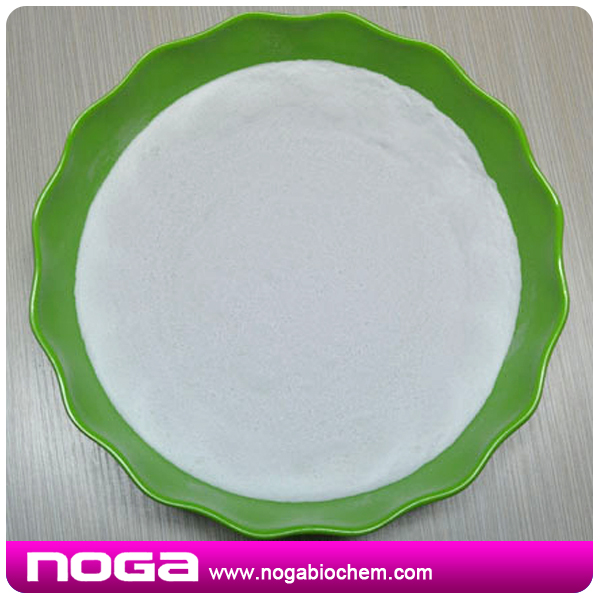- Your location :
- HOME>>PRODUCTS>>Acidulants

L(+)-Tartaric Acid
Other name:Tartaric acid
Quality standard:GB25544-2010/FCC/BP/USP
CAS NO.:87-69-4
HS CODE:29181200
M.F.:C4H6O6
Specification:Food Grade
Appearance:Colorless or translucent crystals, or a white, fine granular, crystalline powder
Tartaric acid is a white crystalline organic acid that occurs naturally in many plants, most notably in grapes. Its salt,potassium bitartrate, commonly known as cream of tartar, develops naturally in the process of winemaking.
Specifications:
| Items | Specification |
| Assay(after drying, asC4H6O6) | 99.7%~100.5% |
Specific Rotation |
+12 ~ +13 ~ +13 |
| Arsenic [as As] | 2mg/kg Max |
| Lead [Ph] | 2mg/kg Max |
| Residue on Ignition | 0.05% Max |
| Residue on Drying | 0.5% Max |
| Oxalate test | Qualified |
| Sulfate test | Qualified |
Usage:L(+)-Tartaric acid is widely used as acidulant in beverage,and other foods, such as soft drinks, wine, candy, bread and some colloidal sweetmeats. With its optical activity, L(+)-Tartaric acid is used as chemical resolving agent to resolve DL-amino-butanol, an intermediate for antitubercular drug. And it is used as chiral pool to synthesize tartrate derivatives. With its acidity, it is used as catalyst in the resin finishing of polyester fabric or pH value regulator in oryzanol production. With its complexation, L(+)-Tartaric acid is used in electroplating, sulfur removal and acid pickling. It is also used as complexing agent, screening agent or chelating agent in chemical analysis and pharmaceutical inspection, or as resist agent in dyeing. With its reduction, it is used as reductive agent in manufacturing mirror chemically or imaging agent in photography. It can also complex with metal ion and can be used as cleaning agent or polishing agent of metal surface.
Packing:25kg per kraft bag, 1x20fcl=22mt or 20mt with pallets.
Shelf life:2years
Storage:Kept airtightly in a light-proof, dry and cool place.
Advantage on this item:big capacity, first class factory, quality good, price very competitive.
Packing photos:

